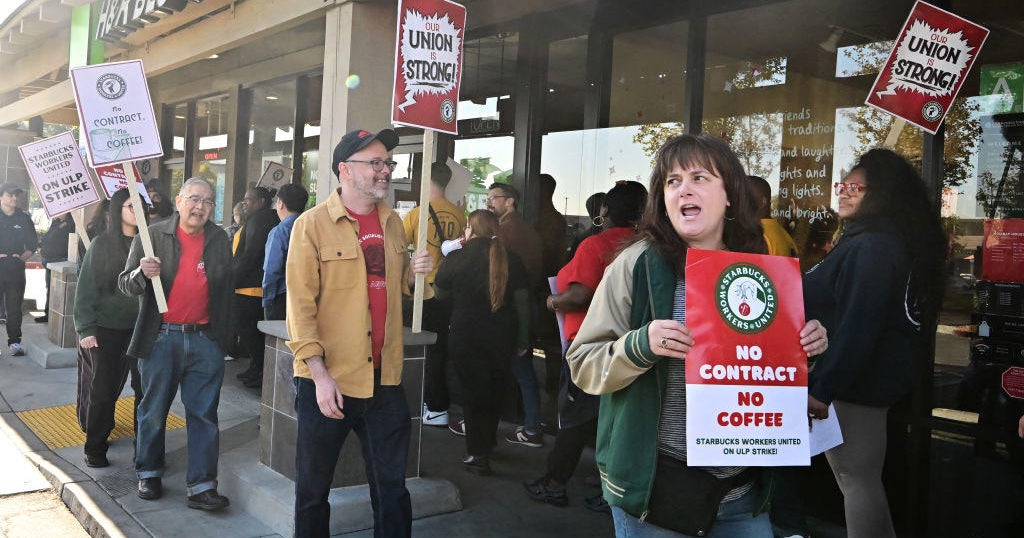3 takeaways from Tuesday's stock sell-off
U.S. equities suffered a rare major reversal on Tuesday, the worst loss since last August and the first back-to-back declines of more than 0.5 percent since before Election Day. The two-day rout snapped an incredible 310 trading-day winning streak without such a setback. That stretch beat the next best result -- around 160 days in the mid-1990s -- by a significant margin.
It took a combination factors to create such a tumble in investor sentiment. Among them: bond market weakness, another drop in the U.S. dollar, worry that an announced health care initiative involving Amazon (AMZN) could punish health care sector profits and concern about a bevy of big-tech earnings reports later this week.
Investors are now looking ahead to see what kind of follow-up Congress and President Donald Trump can muster following his first State of the Union address Tuesday night. Also high on the radar is the Federal Reserve's next policy announcement today, which will be the last meeting for current Chair Janet Yellen. Regarding Mr. Trump's speech, Wall Street's first reaction is positive, at least according to premarket trading in the stock market's index futures. S&P 500 and Nasdaq futures are up 0.4 percent and 0.5 percent, respectively, at around 8:45 a.m. Eastern. And Dow Jones industrials futures are up 0.8 percent.
How bad was the pullback?
Among the chaos and volatility in play on Tuesday, this probably best summarizes the context for what happened: The opening-minutes' tumble, worth more than 0.9 percent, was the worst start to a session since September 2002. That's an incredible number given just how historically calm and collected markets have been, and how much Tuesday's sell-off was a rude awakening for many.
The ferocity of the morning's decline can be blamed largely on the weakness in a single stock: United Healthcare (UNH) fell 4.4 percent, resulting in a loss of about 100 points on the Dow's opening tick, a consequence of its high per-share price
Will it continue?
Going forward, much depends on whether the inflation-focused rise in Treasury yields continues -- encouraged by the pro-inflation impact of the weakening U.S. dollar. With the 10-year bond crossing the 2.7 percent threshold on Tuesday, the main borrowing rate by which credit is priced throughout the U.S. economy (and indeed, globally) returned to levels not seen in four years. In addition, bonds have arguably broken out of a multidecade downtrend (chart below).
This suggests that the long-bond bull market that started in the early 1980s could be coming to an end. It's hard to overstate just how big of a deal this is, affecting everything from stock market valuations to corporate debt costs to the creditworthiness of the U.S. Treasury.
Are investors prepared?
In a word: No.
By just about any sentiment measure one would care to examine, bullishness is at or near extremes. According to data compiled by SentimenTrader, mutual fund managers are holding near-record low levels of cash. At just 3.1 percent of assets, that's tied for the second-lowest ever dating back to 1954.
And according to the Conference Board, Americans have never in history been more sure that stock prices will keep rising -- exceeding the highs of the dot-com bubble -- at a time when the personal savings rate continues to crater.





